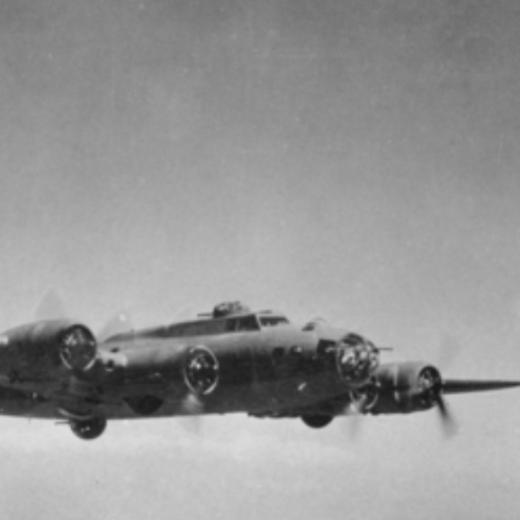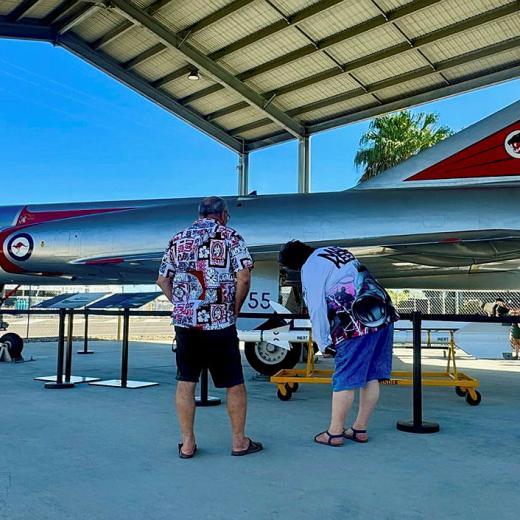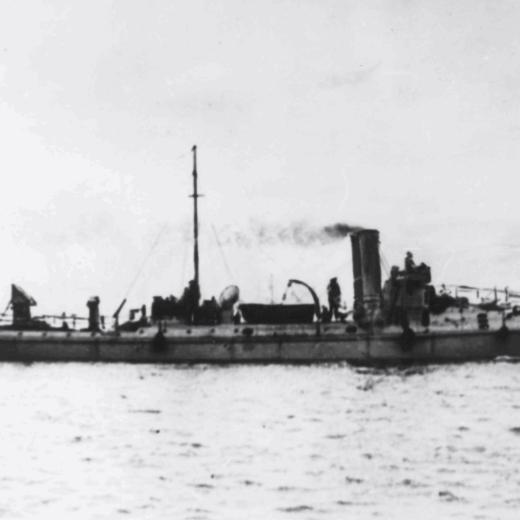BLUF
In the WW2 battle of Milne Bay, RAAF provided the Australian Army with close air support and achieved local air supremacy, which resulted in a notable victory for Australian forces.Summary
The WW2 Kokoda Trail, the Battle of the Coral Sea, and the Darwin attacks should be well known to most Australians. But it was at Milne Bay, Papua New Guinea, in August – September 1942, Australians first broke the myth of the invincible Japanese Military.
Key points about RAAF involvement:
- In early 1942, Port Moresby was the primary Allied airbase in Papua New Guinea.
- Japan planned to capture Port Moresby and make it part of their Pacific defensive perimeter.
- Japan never intended to invade Australia, but they did plan to cut it off from USA forces operating in the Pacific. See: Japanese invasion a myth: historian (theage.com.au)
- Milne Bay was chosen as a second airbase when decoded messages showed Japan intended to attack Milne Bay as a prelude to building an airbase.
- By August, one of three planned airfields had been built at Milne Bay using an American pierced steel plank called 'Marston Matting' runway.
- A radar station provided warnings of medium to high-altitude Japanese air attacks.
- ld denied them air cover over the Kokoda Trail, resulting in another Japanese defeat.
- Under the command of Major General Cyril Clowes, the Australian army fought well and hard, with Cpl John French winning a posthumous VC.
- Milne Bay is a good example of a combined arms operation where the RAAF provided the army with vital close air support.
- The RAAF was able to provide such support because it had achieved local air supremacy over Milne Bay.
See Runway Post: Holding New Guinea: A First Defeat For Japan’s Land Forces. | The Runway (airforce.gov.au)
References
- AWM London Milne Bay Breaking the Japanese Spell, 1942
- Jan 2021 AWM The RAAF at Milne Bay
- Nov 2021 Warwick Today The 75th Squadron’s Warwick connection




